Strategic in the attack on Iran, the B-2 Spirit appears as a bird on radar and is slower than commercial aircraft.
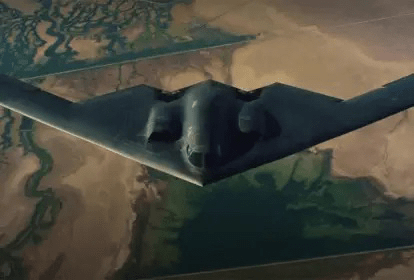
When it entered service 35 years ago, the B-2 Spirit was an example of the highest military technology: powerful, with an ultra-advanced design and absolutely invisible to enemy radars.
The aircraft was a key player in the U.S. attack on nuclear facilities in Iran: what it did, no other aircraft can do.
The Northrop Grumman B-2 Spirit is a stealth strategic bomber from the United States and the only known aircraft capable of carrying air-to-ground missiles in a stealth configuration, meaning it is not recognized by enemy air defense systems.
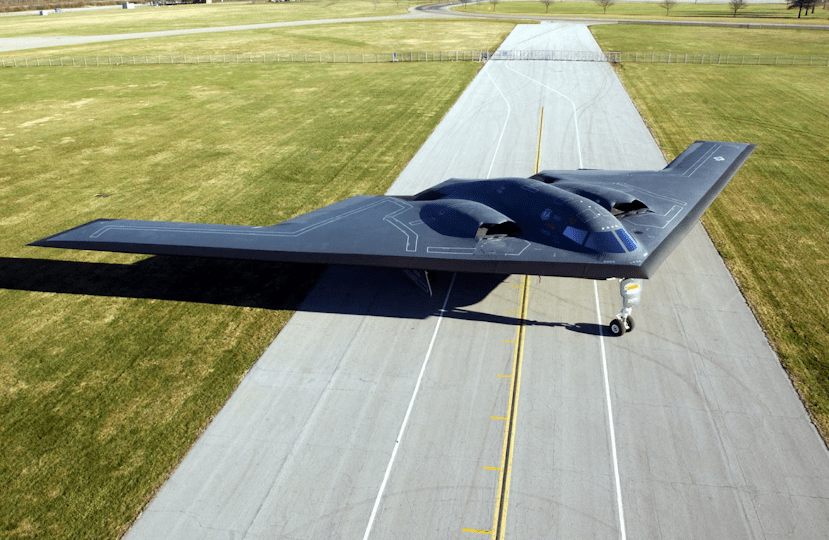
The development of B-2 Spirit technologies began in the late 1970s. The 'stealth' technology, which makes it practically invisible to conventional radars, consists of reflecting or absorbing the electromagnetic waves from conventional radars.
Depending on the radar, stealth aircraft can sometimes be detected, but their RCS signature is as low as that of birds like eagles or sparrows. This is because these aircraft have more parts with curved angles, which deflect radar waves, preventing their echo from returning to locate them.
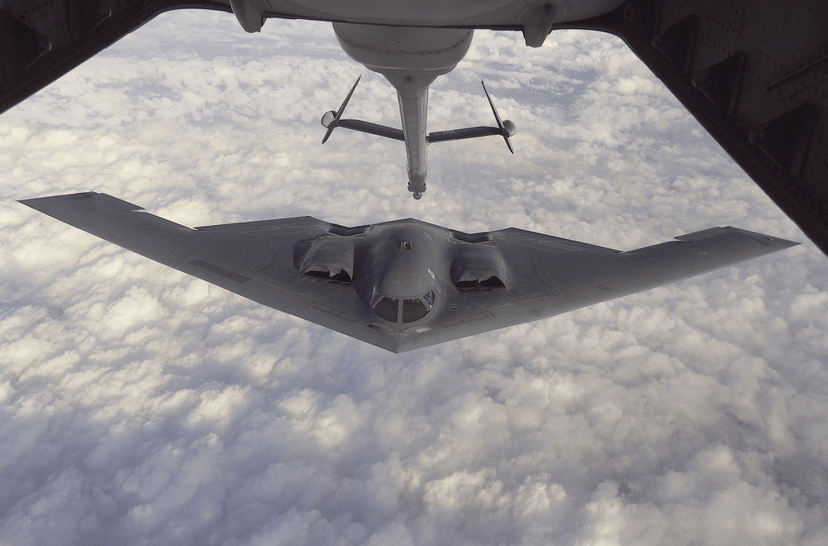
The technology is also combined with specific flight tactics, making stealth aircraft virtually invisible. The aircraft can still be seen with the naked eye and can be attacked by weapons and defenses that do not rely on radar, but the detection area is too low for an effective enemy response.
For yesterday's attack (21), the United States mobilized two groups of B-2 Spirits. One traveled west, following a normal route over the Pacific with the supply aircraft transponders turned on. Another group headed east without being detected by radar. When the first group arrived at the Guam base, the second was entering Iranian airspace. Iranian fighters or surface-to-air missiles were not activated.
The United States produced 21 units of the B-2 Spirit between 1987 and 2000, with 19 still active – two were lost in accidents. In 1997, the approximate cost of each aircraft (considering development costs as well) was $2.1 billion – it is the most expensive project in aviation history.
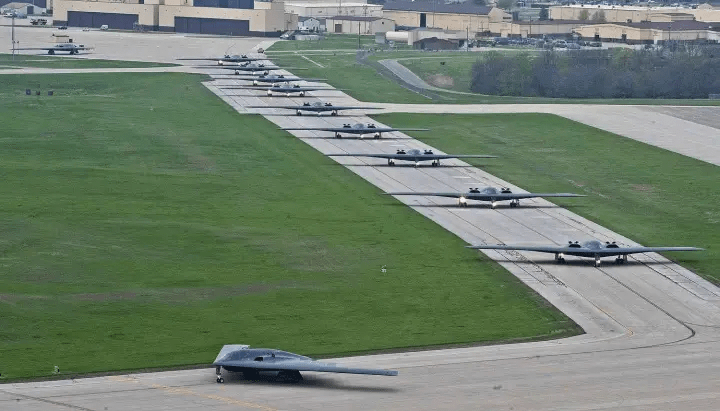
The original goal of the United States with the Northrop Grumman B-2 Spirit was to penetrate Soviet airspace and strike high-value targets. With the end of the Soviet Union and consequently the Cold War, the U.S. Congress drastically reduced the original plan, which was to produce 132 units of the aircraft.

There is a technological upgrade plan underway, which will give the B-2 Spirit technologies such as real-time software updates and new communication systems and displays that will be in its successor, the B-21. The B-2s are expected to remain operational until 2058.
Unusual design
The B-2 Spirit has a design called flying wing, which means it has no fuselage or tail. It combines stealth technologies with excellent aerodynamics and a large payload capacity – superior to other American bombers.
But the curved shapes necessary to be invisible compromise its flight. Computerized systems, such as fly-by-wire technology, ensure flight stability.
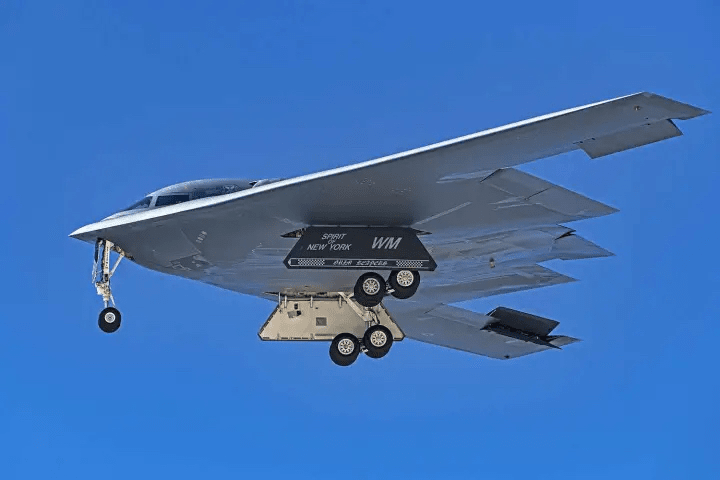
The dimensions are curious. It has a height of 5.18 m, a wingspan of 52.4 m (the width from tip to tip of the wing), and a length of 21 m. There are only two crew members, with space for a third. The pilot sits on the left and the mission commander on the right.
The B-2 is so automated that, unlike most two-seat military aircraft, it allows one crew member to sleep, go to the bathroom, or even prepare a meal while the other monitors the aircraft.
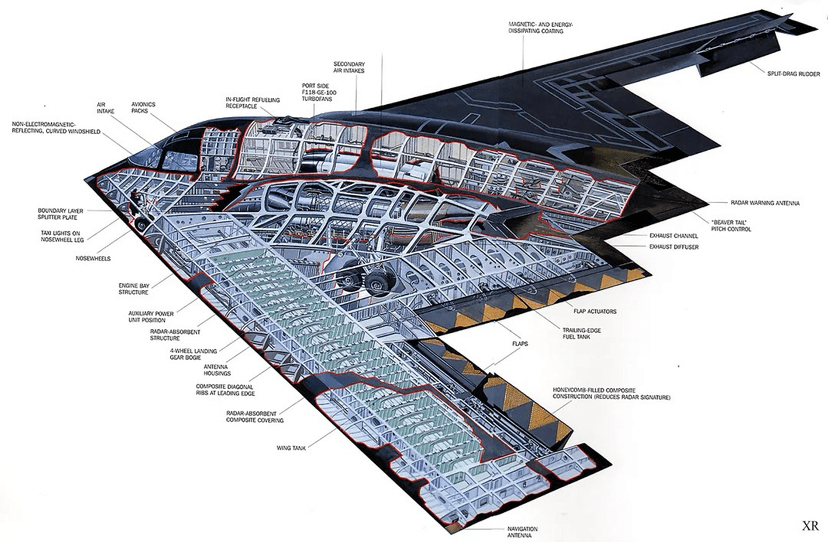
The payload capacity of a B-2 Spirit is 80,500 kg, capable of taking off with a weight of 170,600 kg – with 75,750 kg being fuel alone. Its range is 11,000 km, which can be extended to 19,000 km with aerial refueling after 6 hours of flight – when it can receive up to 45,000 kg of fuel.
The B-2 Spirit is also not a fighter jet, meaning it is not extremely fast or maneuverable. Its four General Electric F118 engines are turbofan without afterburners and have a thrust of up to 7,847 kgf each.
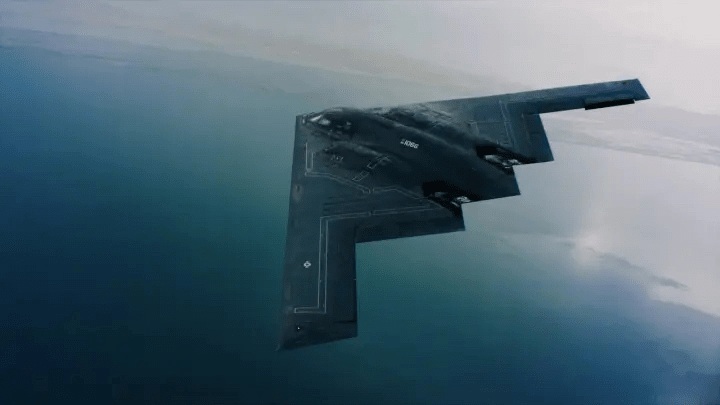
This bomber has a maximum speed of 1,010 km/h (it is slower than commercial jets like the Boeing 747 and 787, for example) and its operational flight ceiling is 50,000 feet – approximately 15 km in altitude.
Each of the bays can be loaded with 23,000 kg of armament. The U.S. Air Force stated that the mission in Iran utilized six units of the B-2 Spirit, each armed with two GBU-57A/B 'bunker buster' bombs, each weighing 13 tons.
These bombs were designed to penetrate up to 60 m of rock or reinforced concrete before exploding, being considered the only ones in the world capable of destroying bunkers and underground facilities, and the B-2s are the only ones capable of delivering them.
